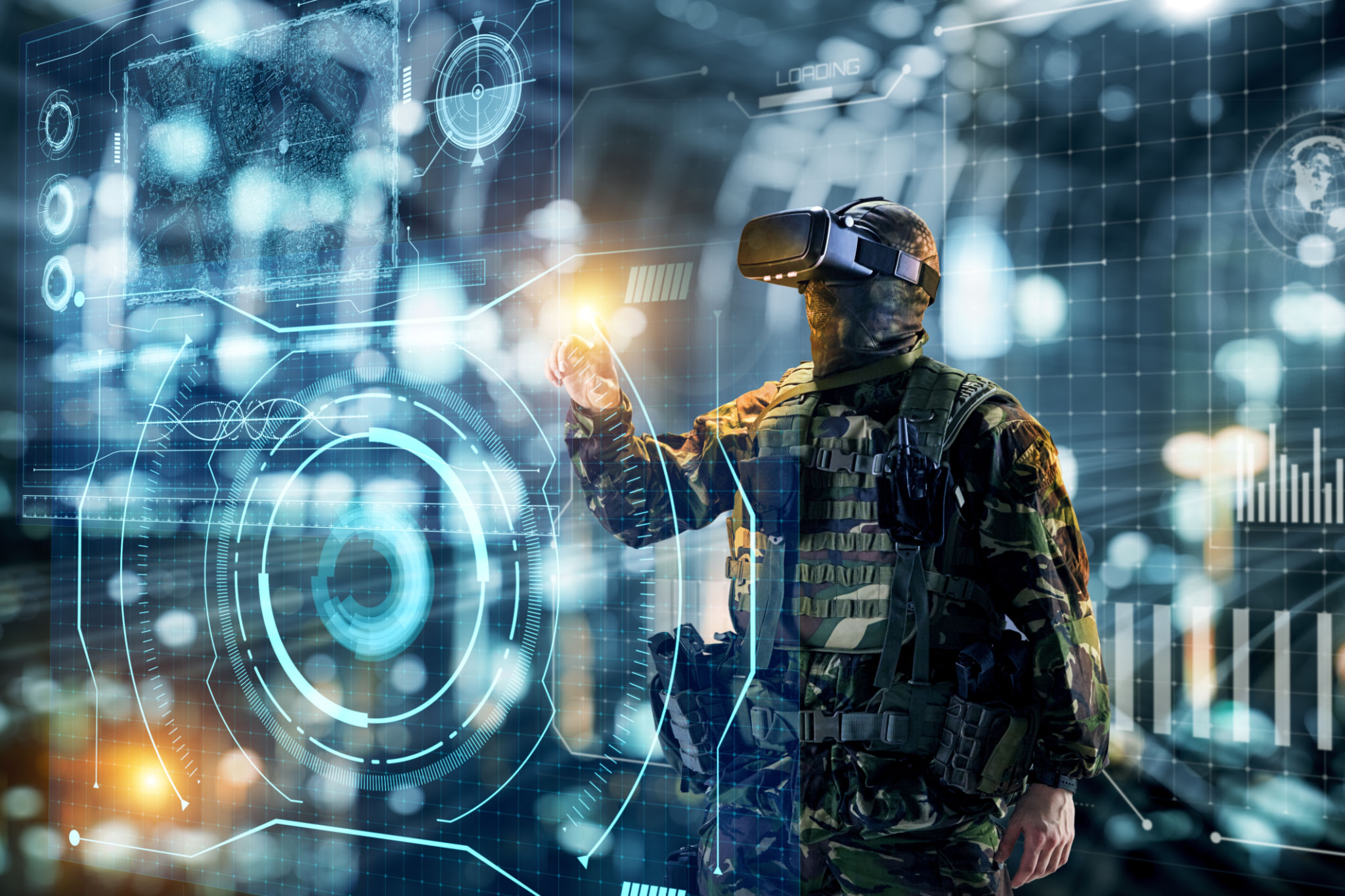A Comprehensive Guide to AI-Powered Scenario Modeling in Defense
Introduction to AI-Powered Scenario Modeling
In today's rapidly evolving defense landscape, decision-makers face complex challenges that require advanced solutions. AI-powered scenario modeling has emerged as a revolutionary tool, enabling defense strategists to simulate various outcomes and devise effective strategies. By leveraging the power of artificial intelligence, military organizations can create detailed, realistic models that account for numerous variables and uncertainties.
Scenario modeling in defense involves creating digital representations of potential situations, allowing analysts to explore different scenarios without the risks associated with real-world testing. This approach enhances strategic planning and helps anticipate potential threats, thus ensuring preparedness.

The Role of AI in Scenario Modeling
Artificial intelligence plays a pivotal role in transforming traditional scenario modeling. AI algorithms can process vast amounts of data quickly and accurately, identifying patterns that might be missed by human analysts. This capability allows for more comprehensive and dynamic models that adjust in real-time based on new information.
Furthermore, AI aids in predictive analytics, offering insights into likely outcomes of specific actions. This predictive power is crucial for defense planning, where understanding potential consequences can mean the difference between success and failure.

Benefits of AI-Powered Scenario Modeling
There are several advantages to employing AI in scenario modeling for defense:
- Enhanced Accuracy: AI algorithms improve the precision of models by incorporating data from varied sources.
- Time Efficiency: AI processes data much faster than traditional methods, allowing for rapid scenario testing.
- Cost-Effectiveness: Reducing the need for physical simulations and tests cuts down on expenses.
Applications in Modern Defense Strategies
AI-powered scenario modeling is not just theoretical; it is actively used in several defense strategies worldwide. For instance, military forces employ these models to optimize logistics, ensuring that supplies reach troops in a timely manner. Additionally, they help in mission planning by simulating battlefield conditions and potential enemy actions.
Moreover, these models are instrumental in cybersecurity defense strategies, where they simulate cyber-attacks to test and strengthen security protocols. This proactive approach to cybersecurity helps identify vulnerabilities before they can be exploited.

Challenges and Considerations
Despite its many benefits, implementing AI-powered scenario modeling comes with challenges. One significant concern is data security, as these models rely on sensitive information that must be protected from adversaries. Ensuring the integrity and confidentiality of data is paramount.
Additionally, there is the challenge of ensuring that AI models remain unbiased and accurate. Continuous verification and validation are necessary to maintain the reliability of these models, especially as new data and scenarios emerge.
The Future of Scenario Modeling in Defense
The future of AI-powered scenario modeling in defense looks promising, with advancements in machine learning and data analytics paving the way for even more sophisticated models. As technology continues to evolve, these models will become increasingly integral to defense planning and execution.
In conclusion, AI-powered scenario modeling represents a paradigm shift in defense strategy formulation. By providing detailed insights and predicting potential outcomes, this technology empowers military organizations to make informed decisions that ensure national security.

